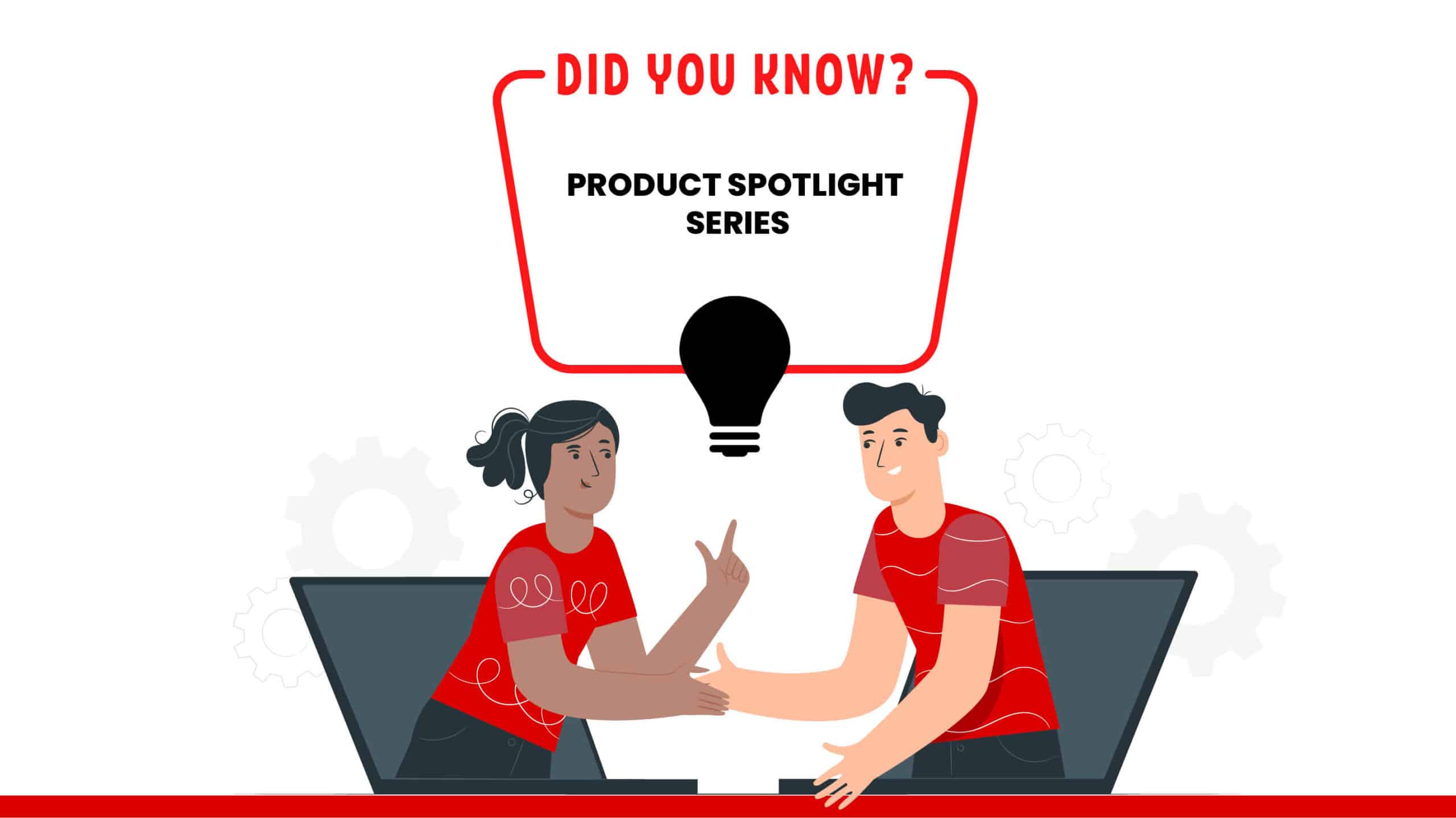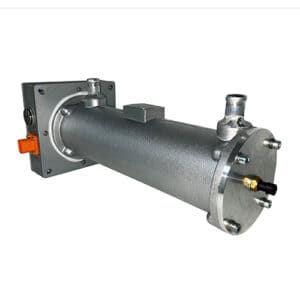When did we start to develop ELECTRIC WATER HEATERS?
The development of our first Electric Water Heater began in the summer of 2008.
What is an ELECTRIC WATER HEATER?
An Electric Water Heater is a device that uses electricity to heat water. It has a heating element inside it that warms up the water as it flows through the unit.
It’s like a hot water tank in your home, but smaller and designed to heat water constantly (rather than keeping a large amount of water hot all the time). Think of it like a really big kettle that keeps heating water as it flows through.
Why did we develop ELECTRIC WATER HEATERS?
Our Electric Water Heaters were originally developed for hybrid buses because there was a need for a device that could use up excess energy created by the regenerative braking system.
This means when the bus brakes, it creates extra energy that needs to go somewhere. GTS came up with the idea of using a resistive heating element to heat the coolant in the bus, which not only solved the excess energy problem but also made it possible to provide heat for the passengers and driver’s cabin.
This was important because the engines used in hybrid buses were getting smaller and producing less heat, which made it harder to keep the bus warm. Electric Water Heaters helped make the most of the available waste heat and provide a comfortable ride for passengers.
Our ELECTRIC WATER HEATER: List of components
- Heater body
- Heater element
- Electrical terminal box
- Temperature switch/sensor
- Coolant ports
What are the key components of ELECTRIC WATER HEATERS?
Electric Water Heaters are made up of several important parts. The most important part is the heating element, which produces heat when electricity is applied to it.
The amount of heat produced by the heating element depends on how much voltage is applied to the fixed resistance element. This calculation uses Ohms Law. To make sure the heating element doesn’t wear out too quickly, it has a limit on how much power it can handle, based on its outer sheath of the element.. GTS has a design standard that stipulates a maximum power density value of 15W/cm² – this ensures excellent product life of the heating element.
There are also other parts, like the body of the heater, the electrical terminal box, the temperature switch/sensor, and the ports where the water flows in and out. All of these parts work together to heat the water and keep it at the right temperature.
What sectors do we supply ELECTRIC WATER HEATERS to?
Mainly the bus sector, but as the use of Electric Water Heaters has changed in more recent years, we also provide heaters to the Truck, Rail, and Mining sectors. All our BTMS units have the option for an Electric Water Heater to be included.
Who builds our ELECTRIC WATER HEATERS?
Jason Williams and his team build our Electric Water Heaters.
What customers use our ELECTRIC WATER HEATERS?
ADL, Nova Bus, Navistar, Proterra, Caetano, Wrightbus (plus many other customer that take our BTMS)
What are the features and benefits?
Electric Water Heaters provide instant heating supply, have simple construction, no moving parts, long life, and very few modes of failure.
They are also very effective in low ambient conditions and can operate as low as -30C, this is why we have seen very large growth in North America for electric water heaters as diesel heaters are not allowed to be installed on electric vehicles.
Test your Knowledge!
Join us now on our Product Spotlight quizzes that will take you on a journey through the world of Grayson products.
But the best part? You’ll also have the chance to win a £30 gift card, simply for showing off your knowledge!
Are you up for the challenge? Take the seven multiple choice question quiz now and find out what you’re made of!
Simply just click the button to get started:
The deadline to complete the quiz is at 12pm on 06/07/23.


